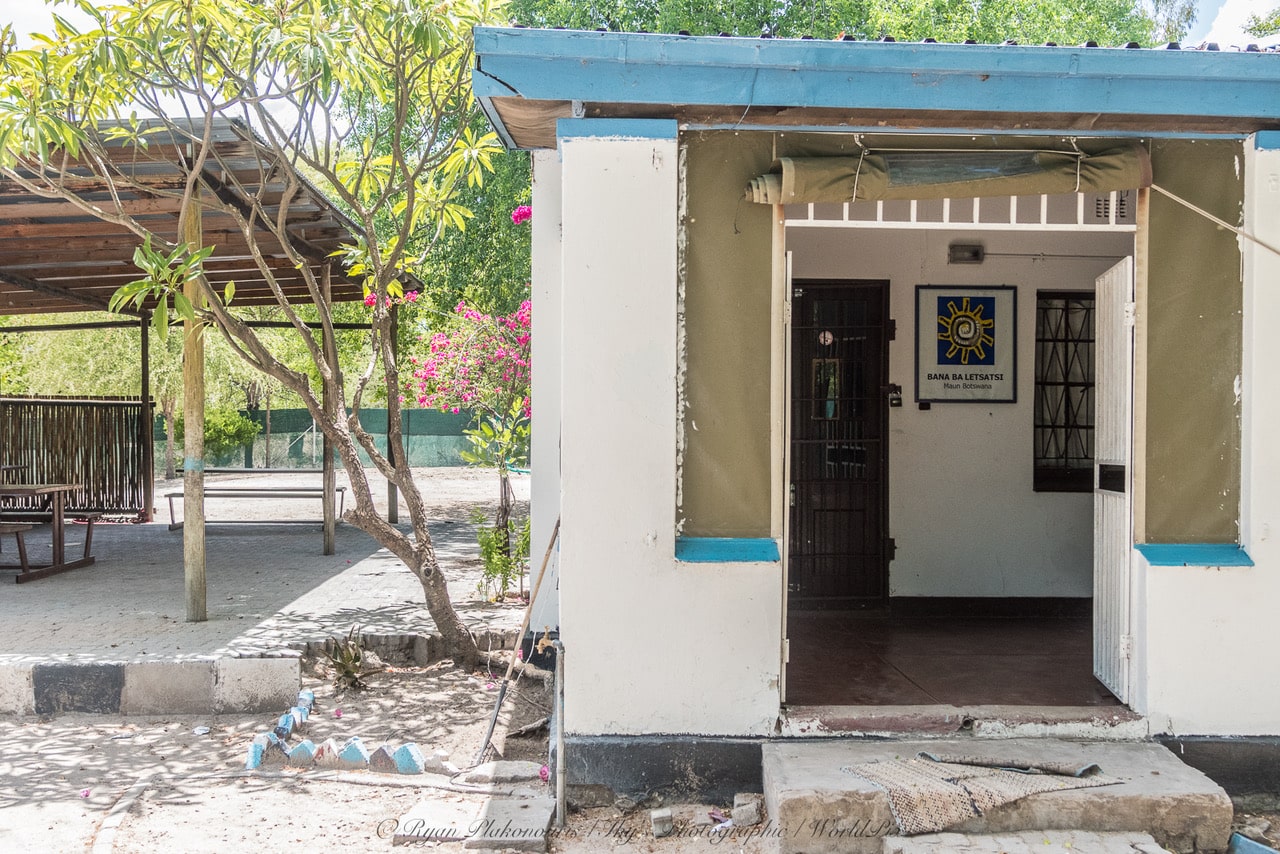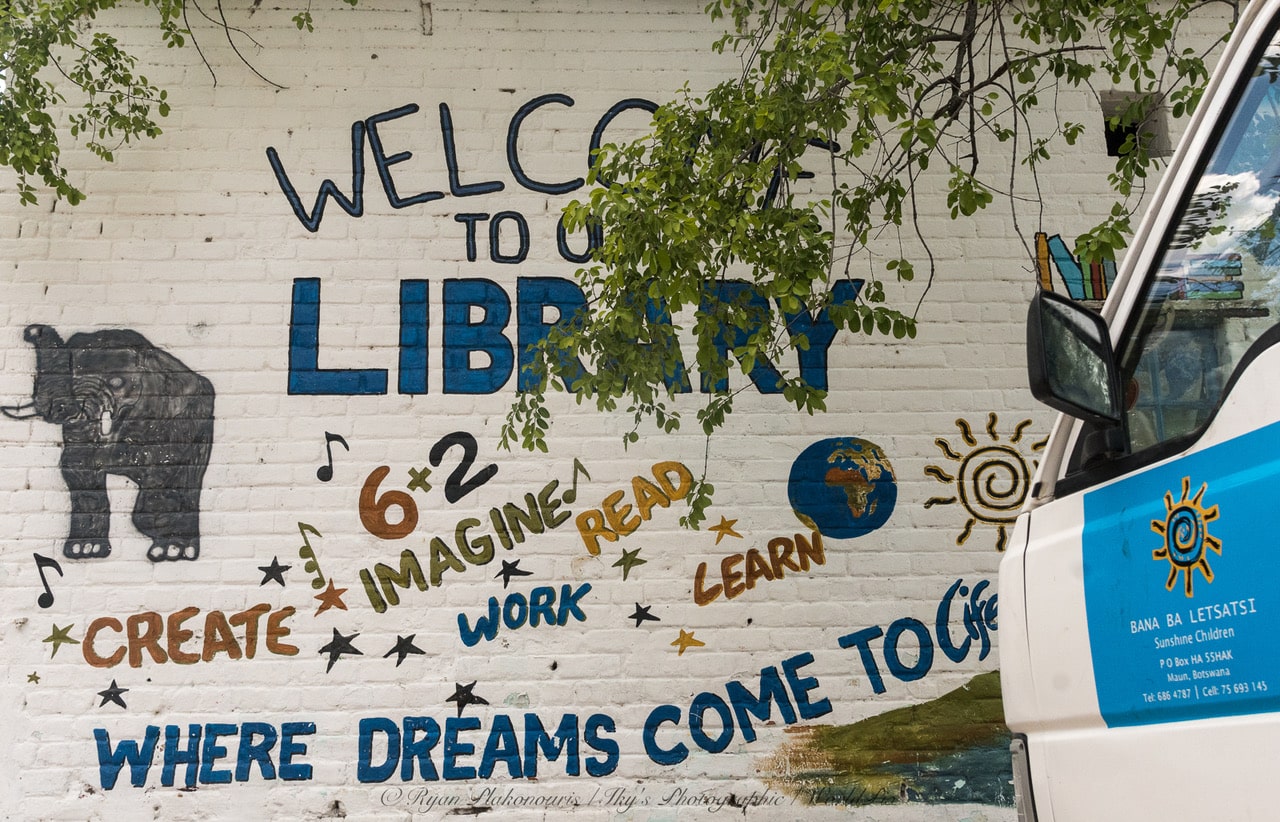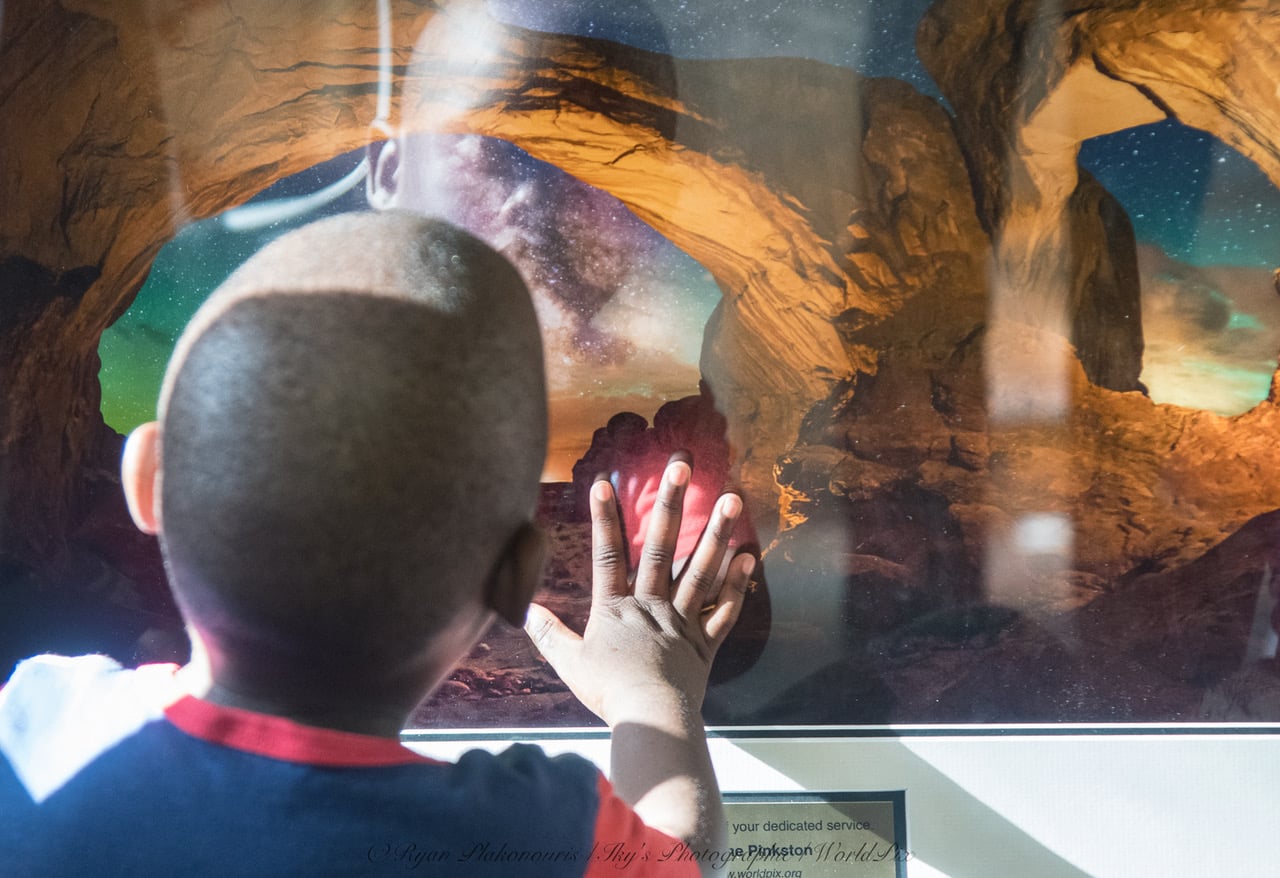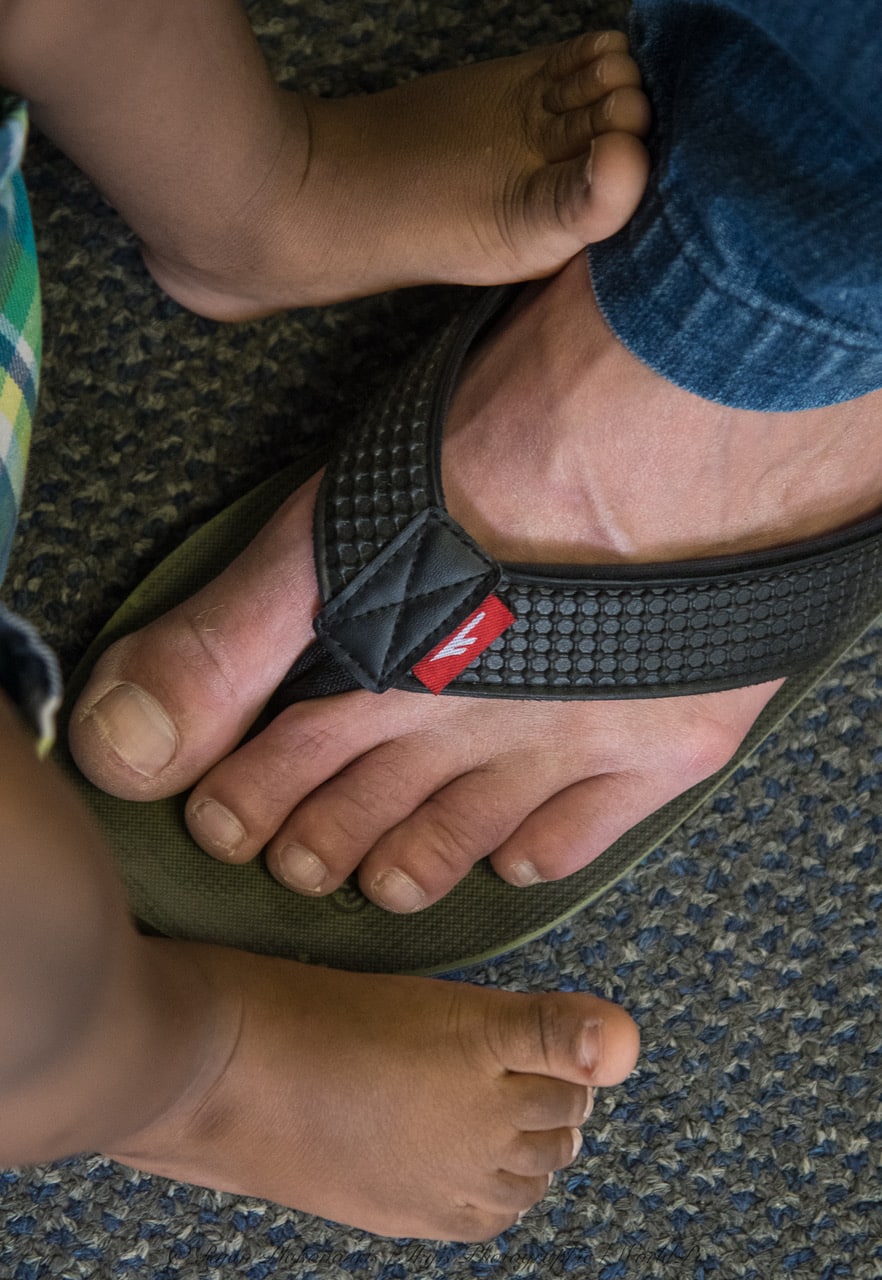Reflections with a purpose
We often say things happen for a reason. Whether it be meeting a particular person or having a specific conversation that leads to a preferred outcome. Perhaps it’s more planning yet sometimes things work out “according to plan” while all the planning in the world could not have guaranteed achieving what you set out to do!
While we were in the planning phase of visiting two causes in the town of Maun Botswana, we had spoken about reflections since the Okavango delta has provided many for others photographers before. The difficulty with the reflection space is that many elements need to come together all at once to get a great reflection shot: the water is best while still, the light needs to be specific, often backlit, the position of the subject in relation to the water is important to get a full reflection and then there are the usual challenges with animal behavior – they don’t do what we would like them to do for that great image!
But every so often things do come together like in this image. It can be the simplest of scenes at the strangest times of day. One of my other requirements for a reflection shot was it was preferably shot in Infrared! Here is one that worked for me.
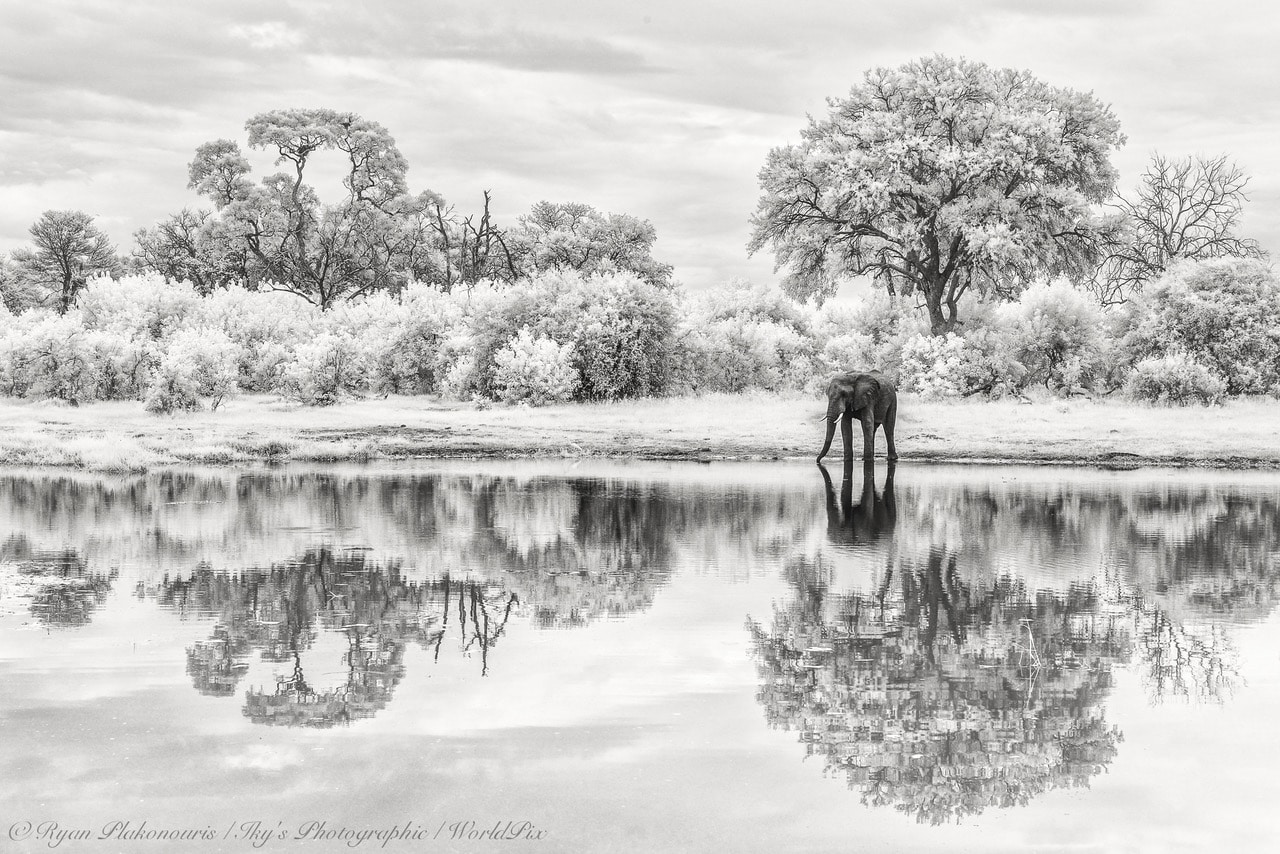
We pulled up to this scene after our awesome resident guide Nkosi Sibanda saw the possibility and took us straight in, saying “Here is a reflection!”. It was almost 10AM in the morning and the skies were mostly clouded over with little sun coming through. So far we have understood these conditions to be less than suitable for Infrared photography since the light is low in intensity and infrared light waves reflect strikingly off surfaces in full sunlight. The foliage glows brightly and the clouds shine white against dark skies. We have often shot Infrared in overcast conditions and have not had many successes. This day was different, perhaps due to the water and reflection or perhaps due the contrast of the dark Elephant against the light sky and foliage?! I am not sure exactly what it was but I am going to continue to take the Infrared camera out on cloudy days.
We began to take a variety of shots and all too often find ourselves zooming into the creatures we are photographing while forgetting about the environment in which they live. My goal was to achieve a wide shot showing where they live and that’s made easier with Elephants because of their huge size, skin darkness and recognizable shape. We took a few portraits of just the one tree behind the Elephant but I was drawn to a smaller animal and a bigger scene. We spoke about it for second and moved just a little forward to position the animal under the arch of the tree – I get disturbed by overlapping elements and I didn’t want the Elephants reflection to join with the tree trunk since they would both come out darker than the surrounding light. Then we waited for just the right moment where the stance of the animal made sense as were seeing it. We shot many images of different animal positions and there is always just one that stands out above the rest. For me the head turned and the straight legs was the one.
Somehow I didn’t even shoot normal light spectrum, only Infrared which I was glad about. It just wasn’t a scene which would have been so striking in normal light spectrum even if I had converted it to B&W. Infrared reads an enormous latitude in brights and shadows when it comes to very high contrast situations. In this instance the cloudy skies helped reduce the intensity a little yet we still needed to deal with a very dark skinned animal in very light surroundings and Infrared does that much better than normal light spectrum. I also didn’t change because once I get into shooting Infrared with my manual 35-70mm zoom I pretty much need to focus on that one thing – its not easy to jump from one to another within a short window. I have tried and have too often missed the moment with both! If you wish to shoot infrared, have your camera body calibrated to a specific lens of your choice, then the focus difference is sort out making it much easier. Check out www.lifepixel.com for more on Infrared conversions and specs.
Now a little on the post processing. Here is a color version which I also like just as much.
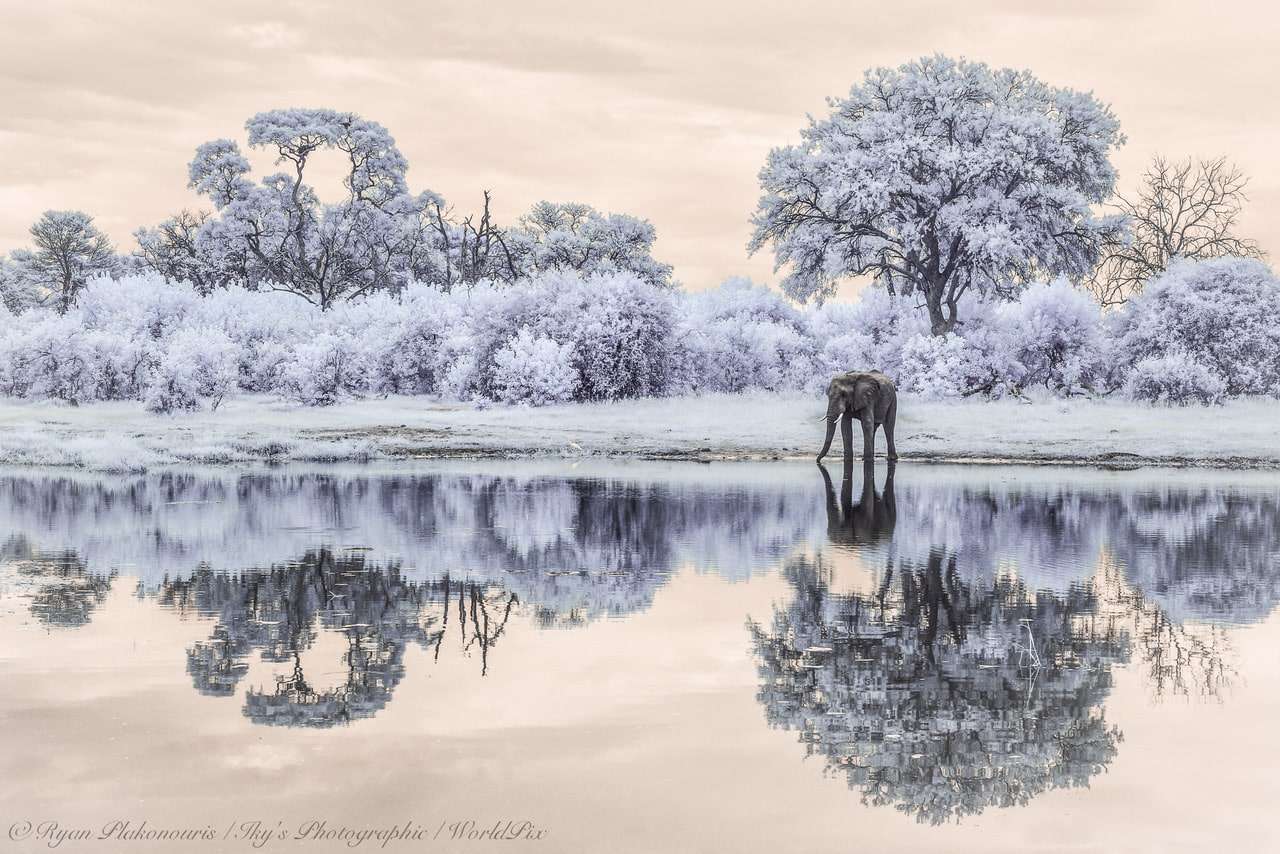
I processed these two both separately from the original RAW file. The color version was white balance corrected, channel swapped and hue adjusted while the B&W was a direct conversion before any other corrections. Basically the white balance of Infrared needs to be adjusted in post to bring out certain colours within the various elements of a scene. There is a standard process for the color conversion however it doesn’t always produce the desired results. We have found trial and error often produces the most interesting outcomes! It would seem that the colour intensities and hues vary from one scene to another depending on the intensity of the light and textures. By no means have we figured it all out although we have been able to get some great results by trying different approaches. In the color version the purple tones could have been tried in different hues across the spectrum yet this color was the most attractive on this surreal painting like scene. The fascinating thing for me in the Infrared space is the artistic outcome produced from a real scene. We were happy when we and the Elephant left the water.
These images are dedicated to 2 refuges for vulnerable children in Maun, namely Love Botswana outreach and Bana Ba Letsatsi which means Sunshine Children. We set off to achieve interesting images for these two causes and this moment happened as it should have – for a reason.
Here are some images of the causes in Maun we are working to help:
